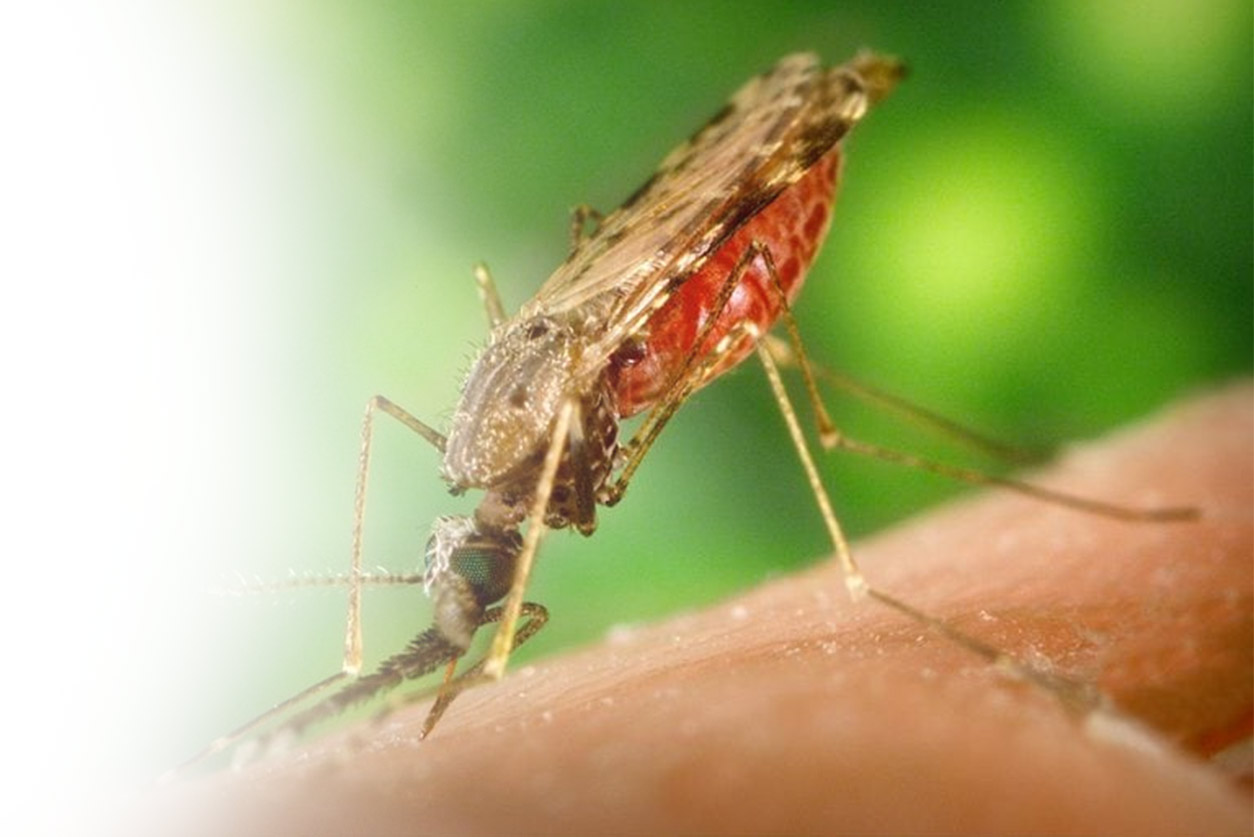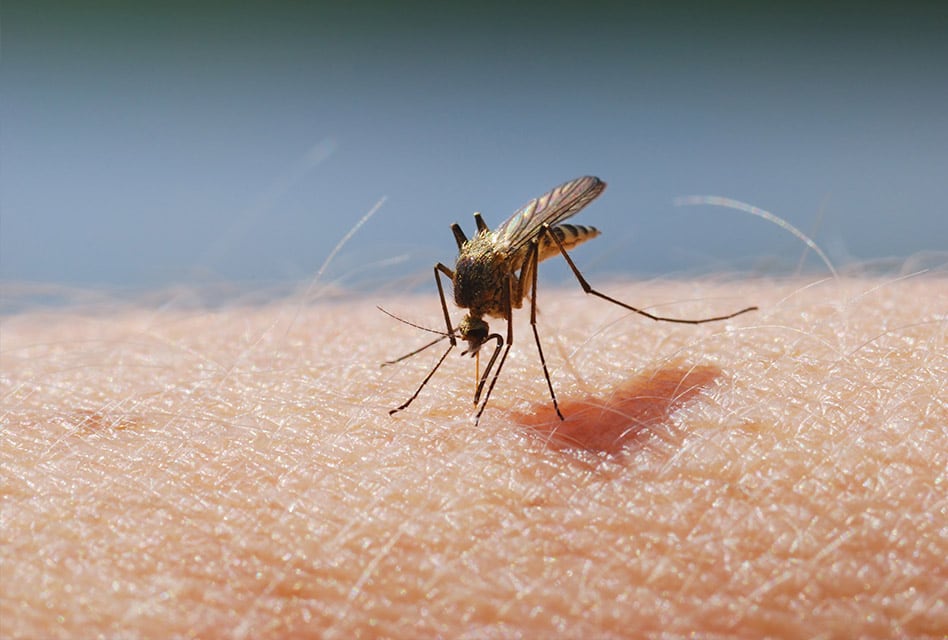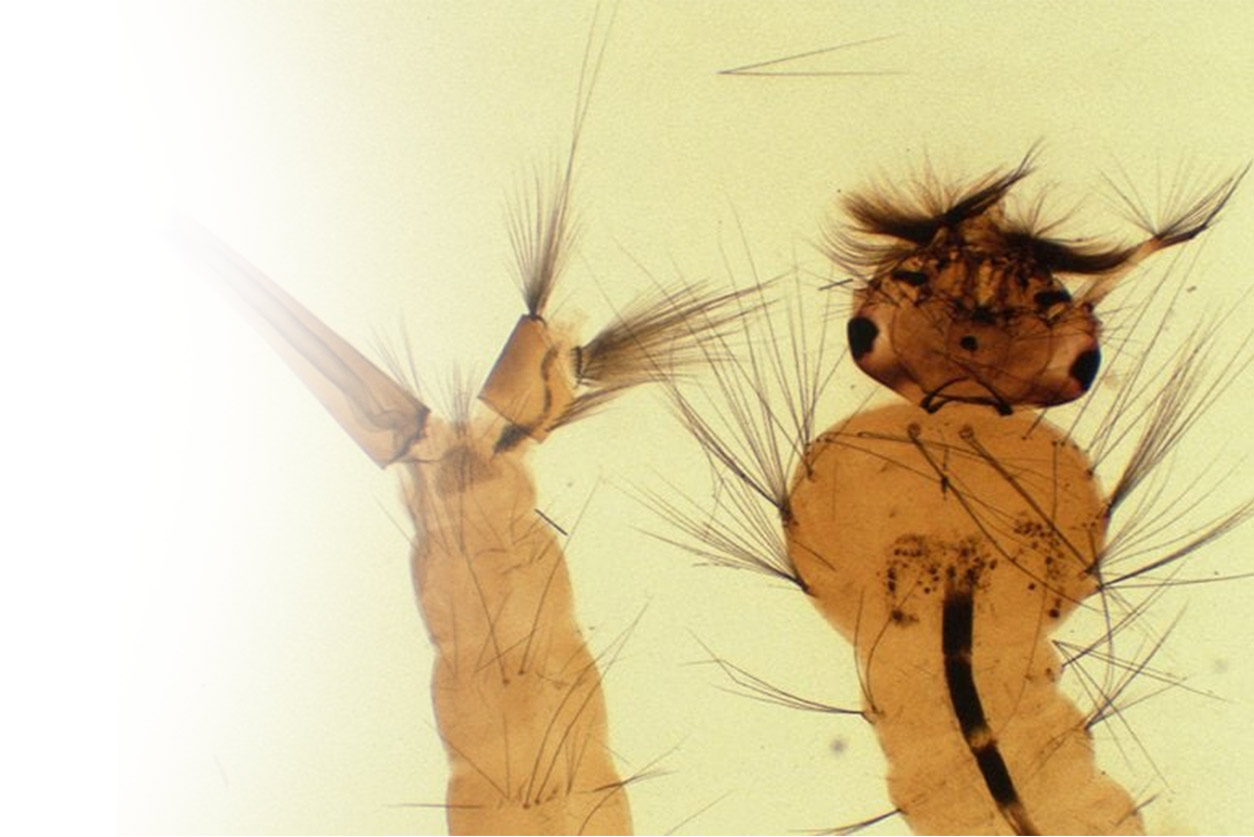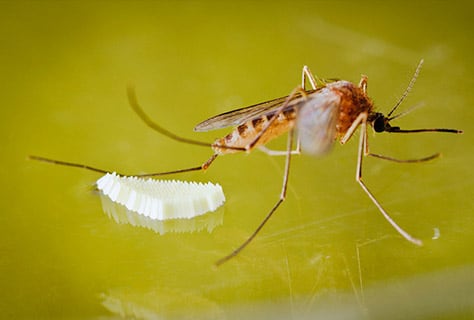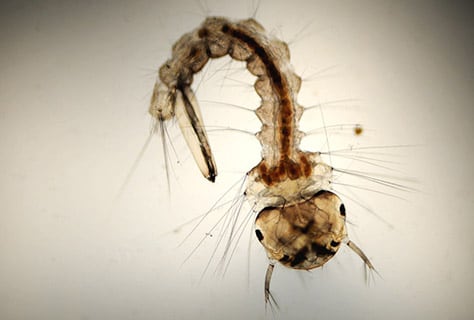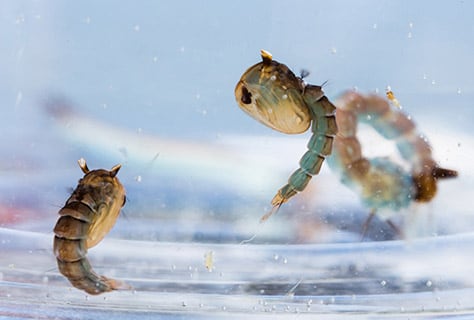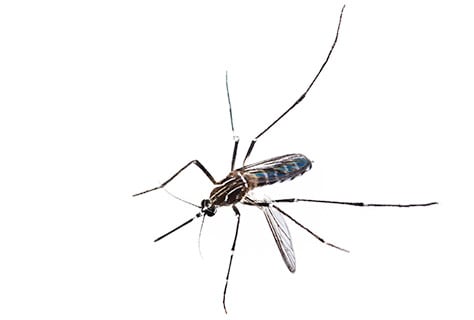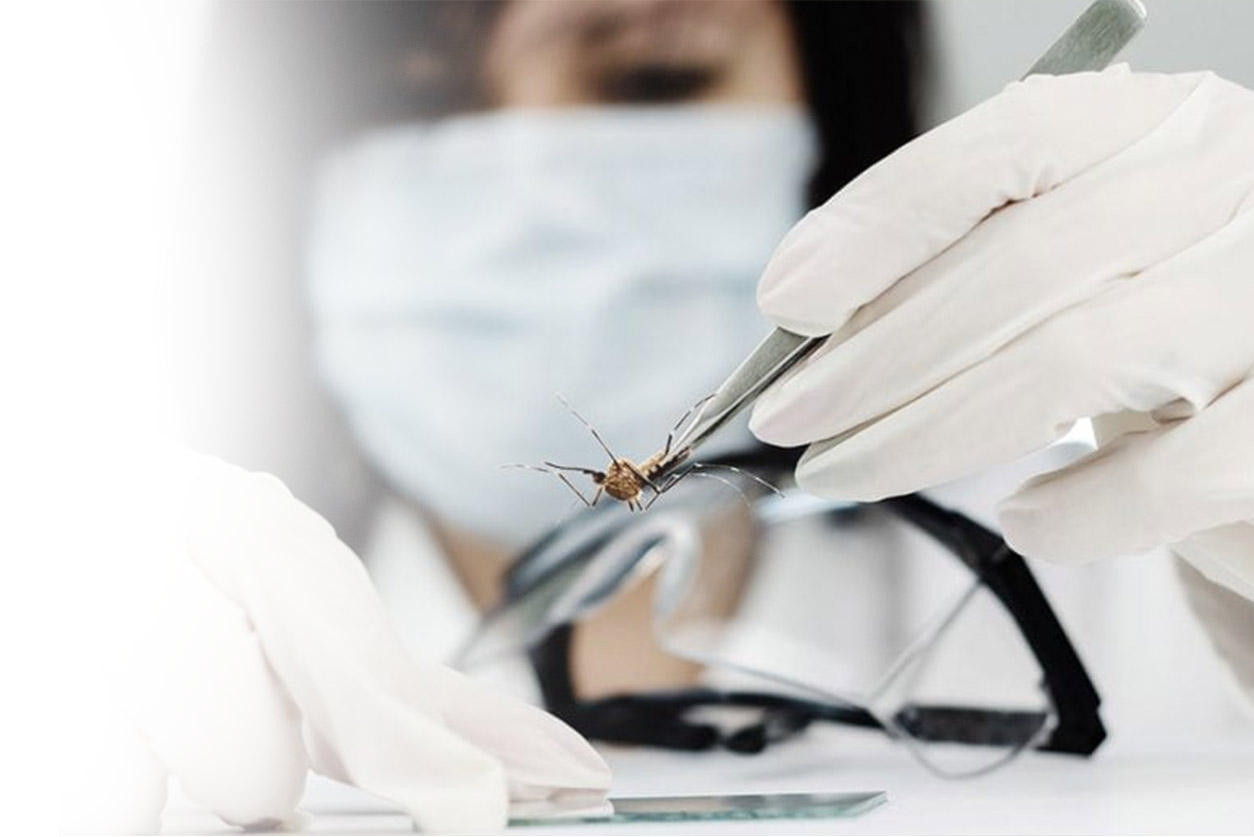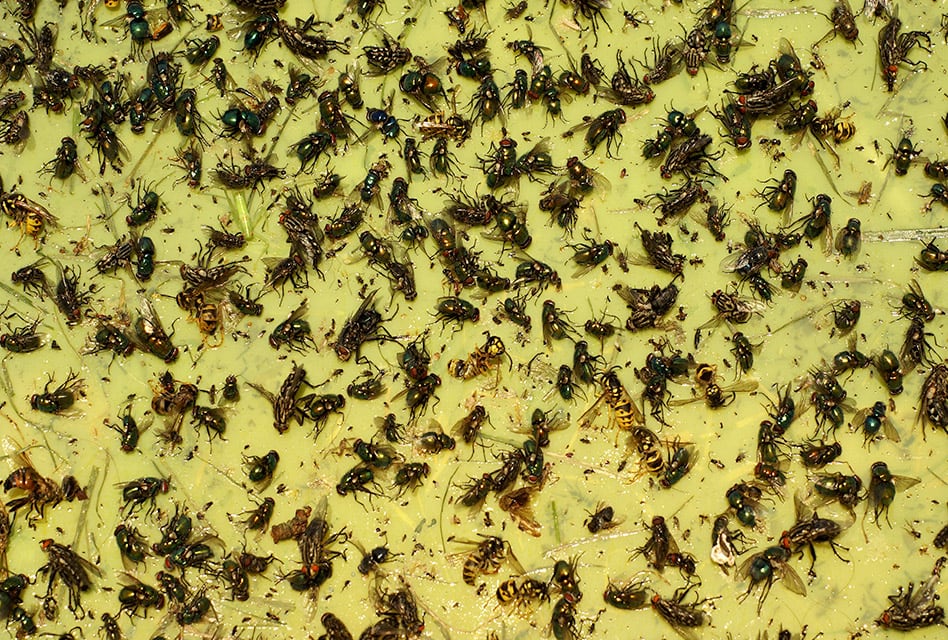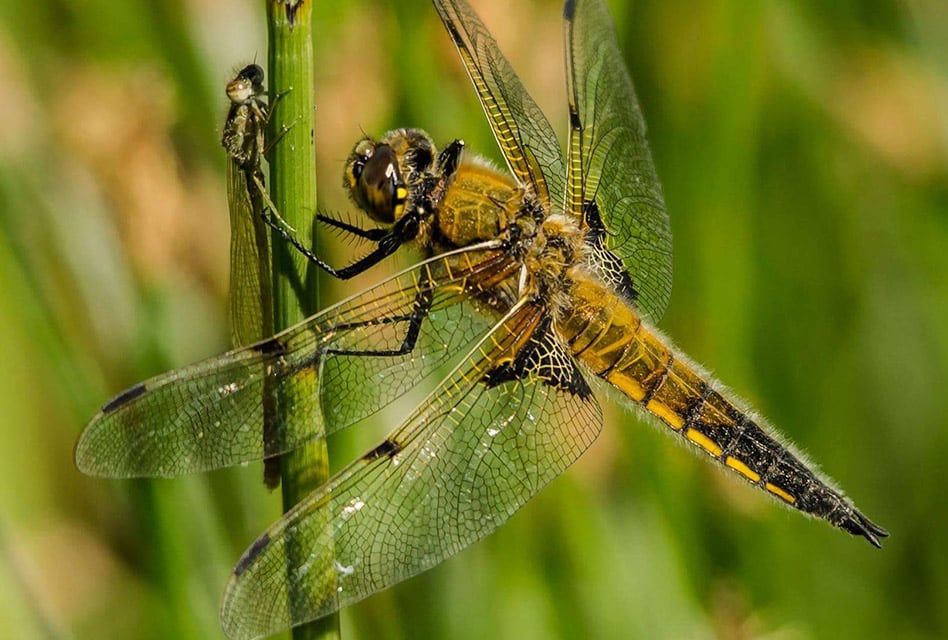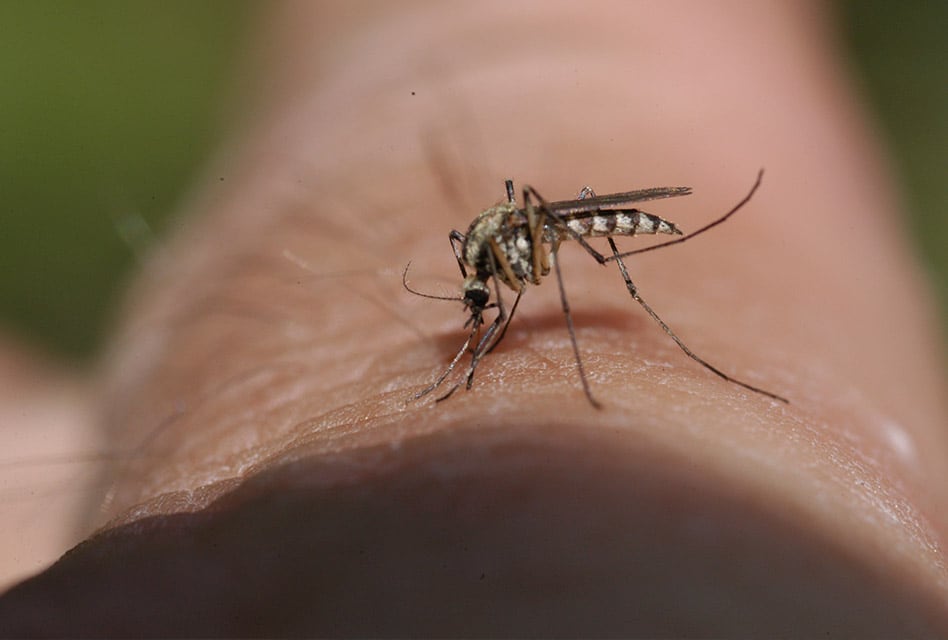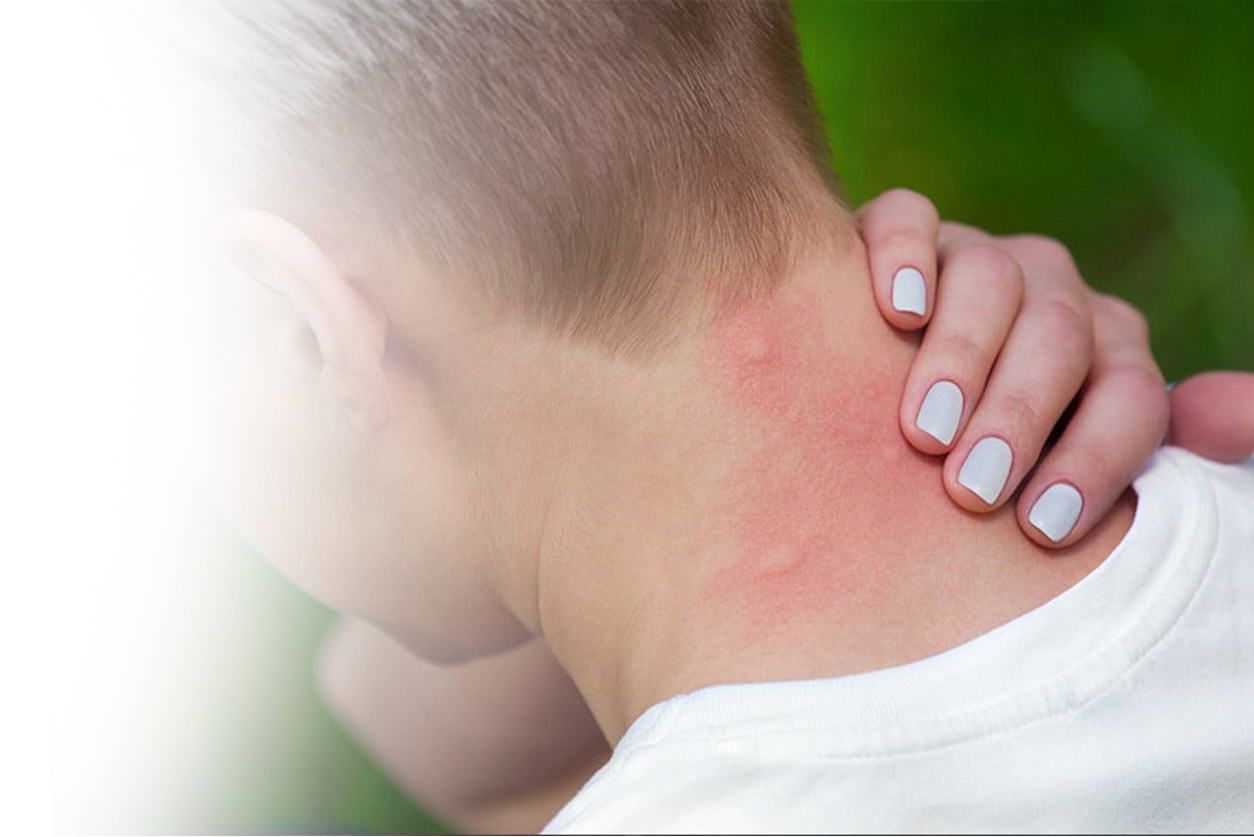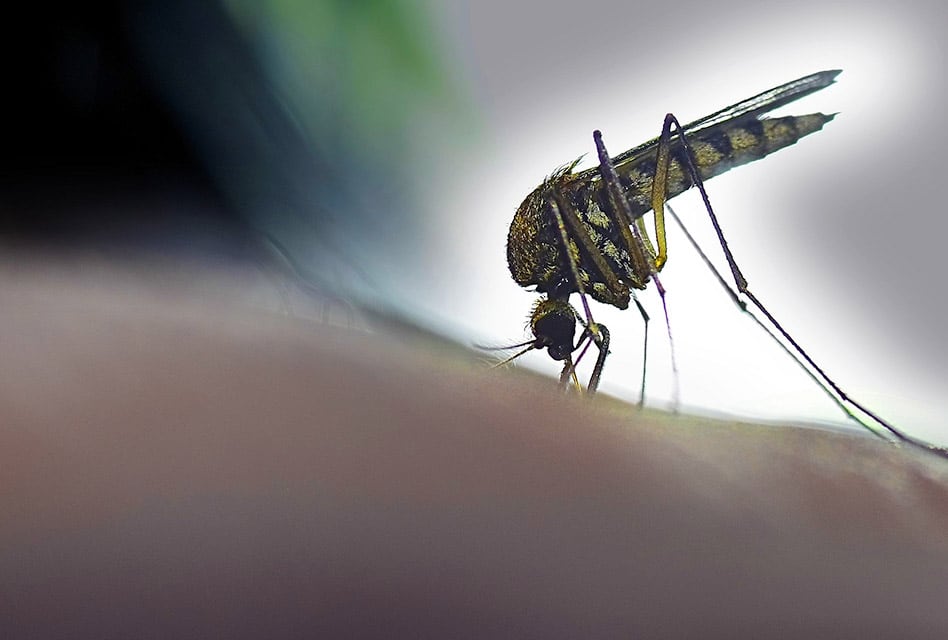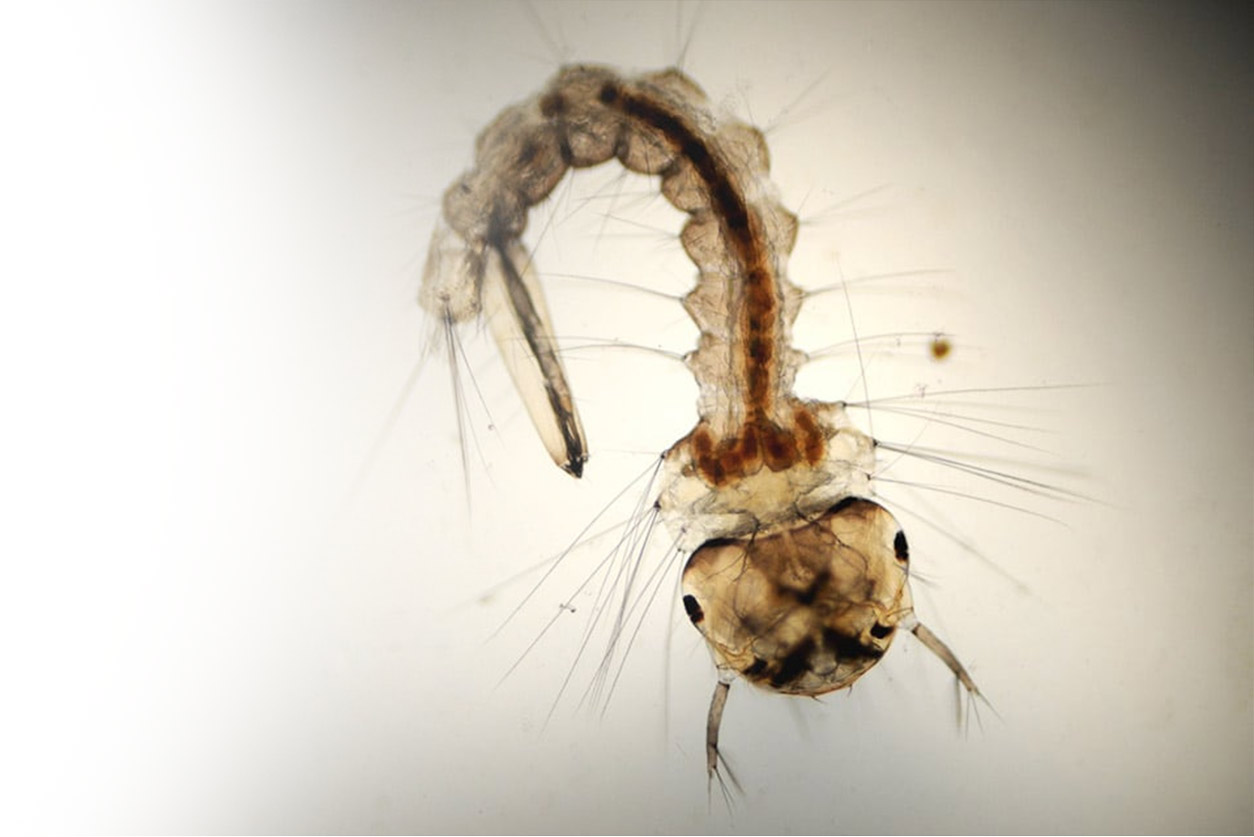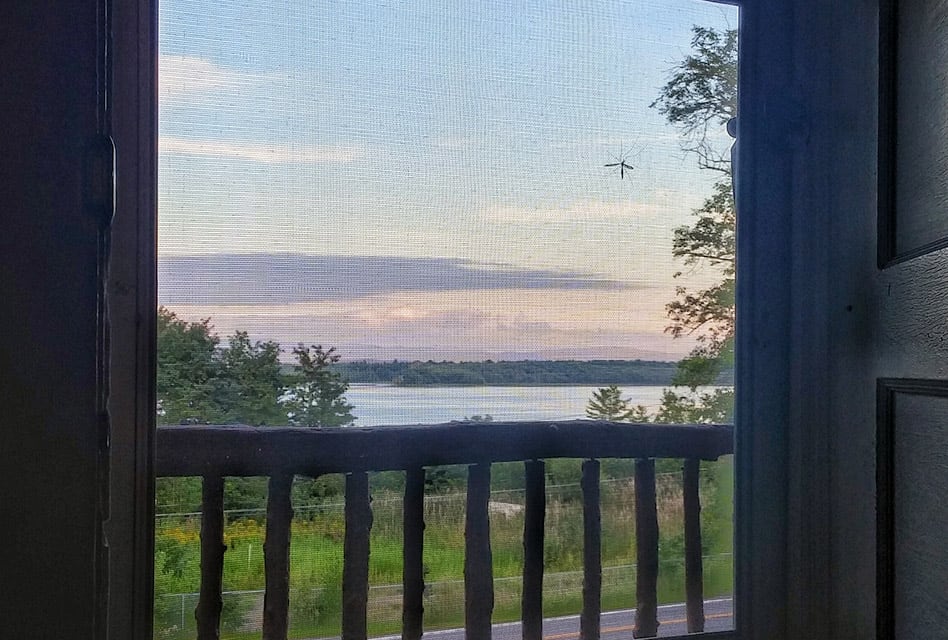The Anopheles mosquito is just one of hundreds of species of mosquito that can feed on humans and animals and transmit disease. The Anopheles is best known as the most common transmitter of malaria among humans, but it can also transmit several other diseases. And as a pest, it causes itchy bites during the summer months.
Life Cycle and Habitat
Anopheles mosquitoes, like most other mosquito species, lay their eggs in water. The eggs hatch into larvae, which then mature into pupae and adults. The length of time that it takes for the mosquito eggs to mature into adult insects varies based on the outdoor temperature, but it takes at least a week to occur.
Anopheles mosquitoes prefer clean, still water in which to lay their eggs. Roadside ditches and pools that retain rainwater are a favorite site. While Anopheles mosquitoes, and malaria, are typically considered problems of tropical and subtropical regions, Anopheles mosquitoes are actually not very dependent on warm temperatures for survival and have been found as far north as Canada. Larvae of new subspecies have been imported into the United States in water found inside tires shipped from other parts of the world.
Anopheles Mosquitoes and Malaria
Originating in Africa, Anopheles mosquitoes are best known as carriers of Plasmodium falciparum, the microorganism that is known to cause malaria in humans. The malaria microorganism does not cause disease in mosquitoes. The mosquito ingests immature malaria microorganisms when it feeds on blood from an infected human. The malaria organism travels from the mosquito’s mouthparts to its gut, where it matures for up to three weeks before traveling back to the mosquito’s salivary glands. When the mosquito bites another human, malaria is transmitted to that human in the mosquito’s saliva. Anopheles mosquitoes are especially dangerous because they show a preference to feed on humans and birds over other species.
Controlling the Anopheles mosquito population and preventing mosquito bites are critical to preventing malaria, especially in parts of the world where malaria is common and medical attention is hard to come by. It is also becoming important in colder climates like the midwestern United States, where malaria was once eradicated and is now re-emerging due to the introduction of Anopheles species into areas where they were once less common. The use of mosquito nets and mosquito control programs has been very effective in reducing the rates of malaria infection in much of the world.
Other Diseases
In addition to malaria, Anopheles mosquitoes can transmit a variety of other diseases to humans and pets. Anopheles are one of several mosquito species that transmit heartworms to dogs and cats. They also transmit the microfilaria, or microscopic worms, that can cause elephantiasis in humans.
In recent years, other viruses transmitted by the Anopheles, such as O’nyong’nyong fever, have been discovered. It is likely that many of these viruses have co-evolved with mosquito species over time and that more viral diseases may be discovered as research into mosquito life cycles continues.
Controlling Anopheles Mosquitoes
The mainstay of controlling Anopheles mosquitoes is treating or eliminating the fresh water pools in which they lay their eggs. Providing good drainage in ditches and lawns and getting rid of old tires and other debris that retain water after rain are important in good mosquito control programs. Bird baths should be treated or drained. Mosquito baits can be used; these kill mosquito larvae and pupae in water sources before they can hatch into adult insects. Choose baits that are not harmful to pets and wildlife to preserve the environment while controlling mosquitoes.
Anopheles mosquitoes are most active at dusk and during the nighttime hours, and they find their prey (humans) by sensing body heat and carbon dioxide. To protect yourself, try to stay inside or under netting during the evening hours. Make sure window screens are in good condition, and consider using repellents. Repellents can be sprayed on your body or used in the environment in the form of citronella or other repellent candles to keep the bugs at bay. Anopheles mosquitoes are troublesome and spread disease, but by following these simple tips you can protect yourself from being bitten.
